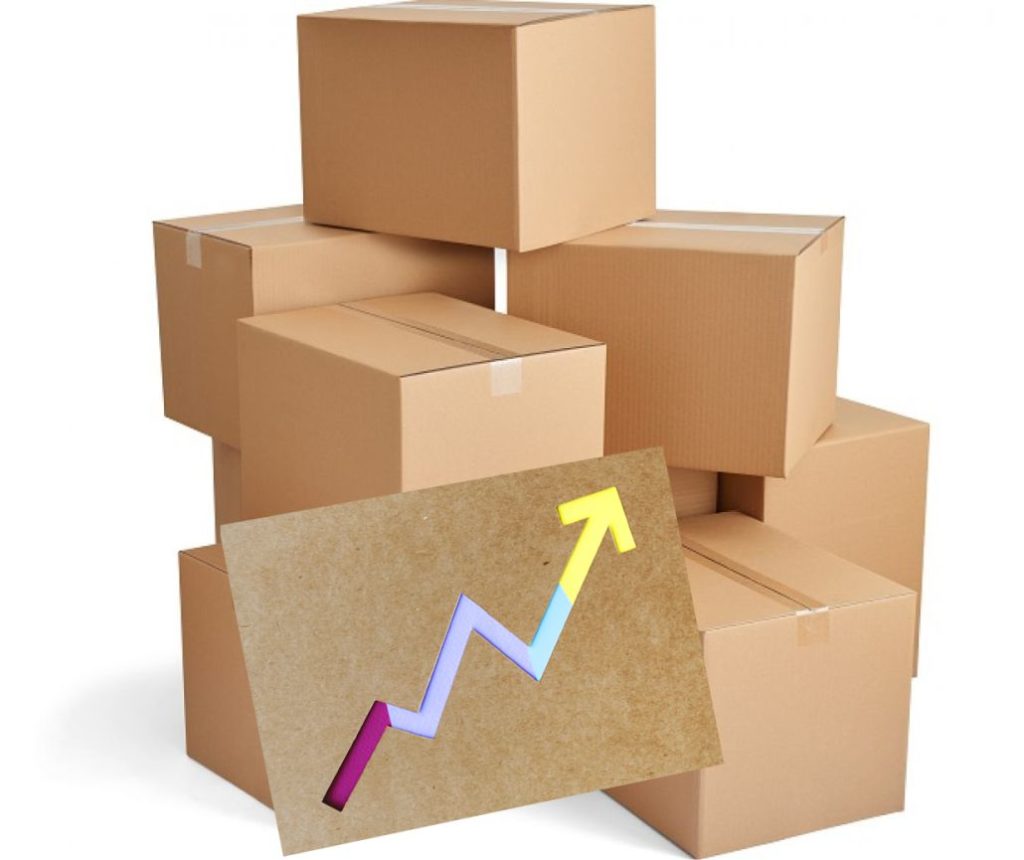Growing environment awareness amidst high sales volumes pack as the key characteristics of the global cosmetic packaging market.

The worldwide cosmetic packaging market is predicted to cross $35.6 billion in total revenues by 2023, growing annually by 5.2 per cent, according to a study by Market Research Future (MRFR), a market research & consulting services firm. The study covers a full range of cosmetic packaging materials including Plastic, Paper, Glass, Metal, Products i.e. Bottles, Jars, Tubes, Containers, Pouches, Sticks, Roller balls, and Dispensers), and Applications such as Hair Care, Skin Care, Nail Care, etc. The geographies covered under this research include Africa & Middle East, Asia Pacific, Europe, and North America.
The prominent vendors operating in the global cosmetic packaging market are Amcor Ltd – Australia, Albea Group – France, Gerresheimer – Germany, ABC Packaging – India, Quadpack Group – Spain, LIBO Cosmetics Company Ltd – Taiwan, Rexam Plc – U.K and Aptargroup Inc, Cosmopak U.S.A. Llc., HCP Packaging, Silgan Holding Inc, World Wide Packaging Llc, and Bemis Company Inc, USA.
Importance of packaging
In today’s world of business, cosmetic and personal care brand owners extensively depend on innovative packaging and advertising to attract customers. Packaging material plays a major role in making the product look stylish and attractive, boosting its sales. Packaging has a special significance when it comes to beauty, cosmetic, and personal care products. It contributes substantially to a cosmetic brand’s value for the consumer, the product’s functionality, protection, and portability, besides the right positioning of the brand.
A customer tends to buy a cosmetic product that she finds as being compact, convenient, comfortable, and eco-friendly. The packaging material used, packaging style, type of container used, color patterns, and box design–all these factors influence the perceived brand value of a cosmetic product.
Innovation is the key
The advancement of new and varied packaging styles and innovation in packaging also plays an pivotal role in driving the growth of the cosmetic packaging market. The emerging economies have been offering tremendous growth opportunities for cosmetic product vendors due to a variety of factors. Some of these growth drivers include increase in disposable incomes of consumers, rising awareness about personal care, rapidly evolving standards of living, improving designs, and innovative packaging types such as sprays and sticks.
With a high number of brands and products entering the market on regular basis, the factors such as innovation, packaging efficiency, and need for product differentiation have been driving growth in sales. Many companies are looking for sustainable and eco-friendly packaging for cutting down waste, which is generated by cosmetic packaging. Moreover, the development of new and diversified technologies is creating exciting opportunities within the packaging industry.
Market trends
When one observes the cosmetics packaging segment, a few key trends emerge to the top. Some of these are as follows.
- Increased spending by brands:
The latest trends indicate the rapidly rising investments in cosmetics and toiletries, a increasing demand for beauty products such as facial moisturizers and cleansers, and differentiated pack shape strategies have been creating new growth opportunities the cosmetic packaging market.
- Key attributes:
In the packaging space, there are a few common solution attributes that the perfumes and cosmetics brand owners and manufacturers usually opt for. These are lightweight, durability, and compactness besides ease of portability.
- Growing health consciousness:
With growing awareness amongst consumers about impact of cosmetic products on their health, several brands offering innovative products specially designed for such health-conscious customers. Goes without saying that such eco-friendly, natural or organic ingredients based products also call for suitable packaing to enhance their effect.
- Adherence to best practices:
As a brand is identified by its packaging, cosmetic manufacturers take special precautions of building strong brand identities employing packaing best practices across selection of material, containers, shapes, sizes, and consumer-friendly designs and color patterns, to name a few.
- Plastic remains popular:
Various cosmetic packaging materials are available in the market such as plastic, glass, metal, and paper. However, plastic continues to be a dominant material. A broad basket of cosmetic packaging is made from plastic, due to its attributes such as convenience, low cost, light weight, and versatility.
- Environmental consciousness is growing too:
While plastic continues to be popular, there is a noticeable and shift gradually happening towards its substitutes. Fluctuating raw material costs obstructing growth is said to be a reason here. Cosmetic manufacturers and brand owners can be seen exploring bioplastics and recycled materials as substitutes to minimize and eliminate plastic to curb the carbon footprint and counteract environmental issues. Sustainable packaging, resource efficiency, and lifecycle assessments of products are other few trends observed in this space today. If the environmental consciousness continues to grow, the other natural and biodegradable materials such as paper and wood might see a wide-scale adoption gradually.
The high growth terrain
The cosmetic packaging sector in Asia Pacific is projected to grow rapidly during the forecast period–from 2018 to 2023. The countries that will majorly contribute to this demand will be India, China, and Indonesia. The factors that will lead growth in Asia Pacific region include rising consumer preference for eco-friendly products and a growing demand for small form factor packs. The growing awareness about the anti-aging products, e-commerce sector, and demand for the high-end, luxury products in these regions are other contributing factors leading a rapid growth in sales.

